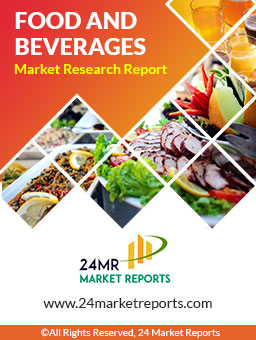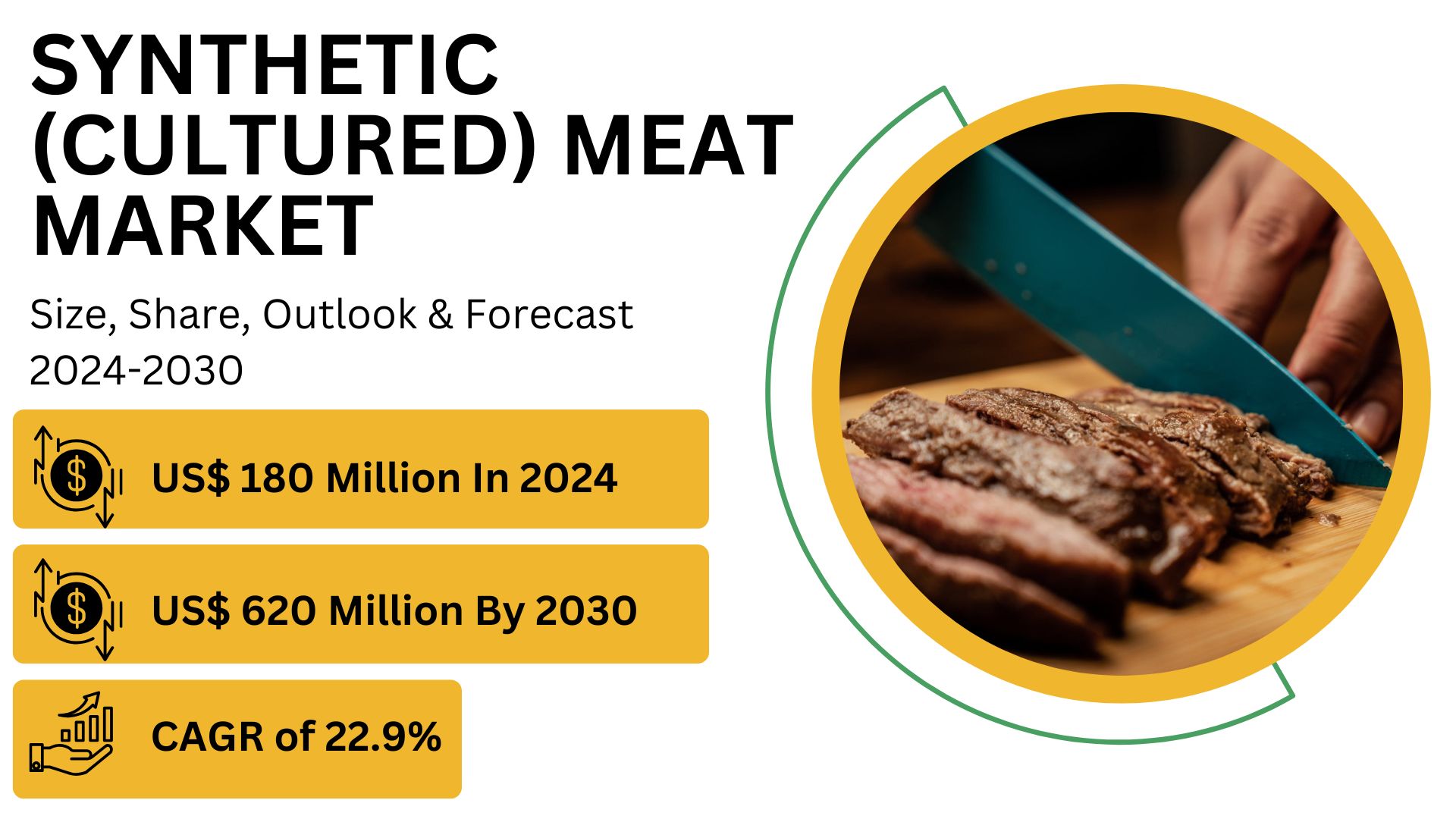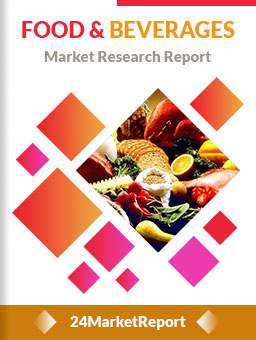
COMPANIES COVERED
Aleph FarmsDownload FREE Report Sample
Download Free sampleThe "Global Synthetic (Cultured) Meat Market" was valued at US$ 180 Million in 2024 and is projected to reach US$ 620 Million by 2030, at a CAGR of 22.9% during the forecast period.
The synthetic (cultured) meat market is gaining traction as a sustainable and ethical alternative to traditional meat production. With advancements in cellular agriculture, synthetic meat has the potential to disrupt the food industry by offering meat without the environmental and ethical concerns associated with livestock farming.
Key End-User Segments:
Retail Consumers:
Market Share: Retail consumers are projected to drive around 50-55% of the synthetic meat market as commercial availability improves.
Demographics: Predominantly urban, environmentally conscious individuals, with a focus on Millennials and Gen Z consumers (ages 18-35), who make up about 70% of early adopters.
Buying Behavior:
Key motivations include reducing environmental impact, addressing animal welfare concerns, and improving personal health.
Consumers are willing to pay a premium for high-quality, sustainable food, although price sensitivity remains a challenge.
Many are transitioning from plant-based meat substitutes and are seeking similar, familiar meat products like synthetic beef and chicken.
Market Trends: Organic, GMO-free, and clean label synthetic meats are gaining interest, particularly among health-conscious buyers.
Restaurants and Food Service:
Market Share: The food service sector, including restaurants, cafés, and fast-food chains, accounts for about 20-25% of synthetic meat consumption.
Trends:
Many restaurants are positioning synthetic meat dishes as premium or innovative items, attracting diners looking for unique, sustainable culinary experiences.
Fast-food chains are gradually adopting synthetic meat as part of their sustainability initiatives, appealing to environmentally conscious consumers.
Consumer Preference: Dishes that replicate popular meat products like burgers, steaks, and nuggets are in demand, as consumers seek recognizable and tasty alternatives.
Institutional Buyers (Schools, Hospitals, and Corporate Cafeterias):
Market Share: Institutional buyers represent around 10-12% of the synthetic meat market.
Rising Trend: Many institutions, particularly in Europe and North America, are exploring synthetic meat as part of their sustainability and nutrition initiatives.
Health and Nutrition: Hospitals and schools are particularly focused on the health benefits of synthetic meat, which can be tailored to have lower fat content and no antibiotics, appealing to health-conscious demographics.
Specialty Retailers and Supermarkets:
Market Share: Specialty health food stores and major supermarkets account for about 8-10% of the market.
Trends:
These retailers are increasingly allocating shelf space to synthetic meat products, as consumer demand for alternative proteins grows.
Partnerships with leading synthetic meat brands are becoming more common, especially in high-income urban areas.
Popular Products: Cultured beef and poultry are the most popular items, though companies are also working on lab-grown pork and seafood.
Athletes and Fitness Enthusiasts:
Market Share: A niche yet growing segment, athletes and fitness enthusiasts account for approximately 3-5% of synthetic meat consumption.
Key Drivers: These consumers are particularly interested in the high-protein content and tailored nutritional profiles that cultured meat can offer. Lab-grown meat can be designed to have higher protein and lower fat, catering to specific dietary needs.
Popular Products: Protein-packed synthetic beef and chicken products are particularly favored by this group.
Regional Insights:
North America:
Market Share: North America holds around 40% of the global synthetic meat market.
Key Drivers: Increasing consumer awareness about climate change, strong support for food innovation, and an early adoption of alternative proteins.
Europe:
Market Share: Europe contributes to about 30% of the synthetic meat market.
Trends: The EU is focused on reducing greenhouse gas emissions and has been supporting the growth of sustainable food alternatives.
Asia-Pacific:
Market Share: Asia-Pacific represents about 20% of the market, with significant potential for growth.
Key Markets: China, Singapore, and Japan are investing in synthetic meat technology, driven by food security concerns and the environmental impacts of traditional farming.
Synthetic Meat Market provides a deep insight into the global Synthetic (Cultured) Meat market covering all its essential aspects. This ranges from a macro overview of the market to micro details of the market size, competitive landscape, development trend, niche market, key market drivers and challenges, SWOT analysis, value chain analysis, etc.

The analysis helps the reader to shape the competition within the industries and strategies for the competitive environment to enhance the potential profit. Furthermore, it provides a simple framework for evaluating and accessing the position of the business organization. The report structure also focuses on the competitive landscape of the Global Synthetic (Cultured) Meat Market, Synthetic Meat Market introduces in detail the market share, market performance, product situation, operation situation, etc. of the main players, which helps the readers in the industry to identify the main competitors and deeply understand the competition pattern of the market.
In a word, Synthetic Meat Market is a must-read for industry players, investors, researchers, consultants, business strategists, and all those who have any kind of stake or are planning to foray into the Synthetic (Cultured) Meat market in any manner.
Global Synthetic (Cultured) Meat Market: Market Segmentation Analysis
The research report includes specific segments by region (country), manufacturers, Type, and Application. Market segmentation creates subsets of a market based on product type, end-user or application, Geographic, and other factors. By understanding the market segments, the decision-maker can leverage this targeting in the product, sales, and marketing strategies. Market segments can power your product development cycles by informing how you create product offerings for different segments.
Key Company:
Aleph Farms
Finless Foods
Future Meat Technologies
Integriculture Inc.
JUST Inc.
SuperMeat
Appleton Meats
Avant Meats Company Limited
Balletic Foods
Biofood Systems LTD.
Bluenalu, Inc.
Cell Farm FOOD Tech/Granja Celular S.A.
Including or Excluding key companies relevant to your analysis.
By Type:
Soy Protein Type
Animal Stem Cell Synthesis Type
Others
By Application:
Meatballs
Burgers
Sausages
Hot dogs
Nuggets
Others
Geographic Segmentation:
North America (USA, Canada, Mexico)
Europe (Germany, UK, France, Russia, Italy, Rest of Europe)
Asia-Pacific (China, Japan, South Korea, India, Southeast Asia, Rest of Asia-Pacific)
South America (Brazil, Argentina, Columbia, Rest of South America)
The Middle East and Africa (Saudi Arabia, UAE, Egypt, Nigeria, South Africa, Rest of MEA)
Key Benefits of This Market Research:
Industry drivers, restraints, and opportunities covered in the study
Neutral perspective on the market performance
Recent industry trends and developments
Competitive landscape & strategies of key players
Potential & niche segments and regions exhibiting promising growth covered
Historical, current, and projected market size, in terms of value
In-depth analysis of the Synthetic (Cultured) Meat Market
Overview of the regional outlook of the Synthetic (Cultured) Meat Market:
Key Reasons to Buy this Report:
Access to date statistics compiled by our researchers. These provide you with historical and forecast data, which is analyzed to tell you why your market is set to change
This enables you to anticipate market changes to remain ahead of your competitors
You will be able to copy data from the Excel spreadsheet straight into your marketing plans, business presentations, or other strategic documents
The concise analysis, clear graph, and table format will enable you to pinpoint the information you require quickly
Provision of market value (USD Billion) data for each segment and sub-segment
Indicates the region and segment that is expected to witness the fastest growth as well as to dominate the market
Analysis by geography highlighting the consumption of the product/service in the region as well as indicating the factors that are affecting the market within each region
Competitive landscape which incorporates the market ranking of the major players, along with new service/product launches, partnerships, business expansions, and acquisitions in the past five years of companies profiled
Extensive company profiles comprising of company overview, company insights, product benchmarking, and SWOT analysis for the major market players
The current as well as the future market outlook of the industry concerning recent developments which involve growth opportunities and drivers as well as challenges and restraints of both emerging as well as developed regions
Includes in-depth analysis of the market from various perspectives through Porters five forces analysis
Provides insight into the market through Value Chain
Market dynamics scenario, along with growth opportunities of the market in the years to come
6-month post-sales analyst support
Chapter Outline
Chapter 1 mainly introduces the statistical scope of the report, market division standards, and market research methods.
Chapter 2 is an executive summary of different market segments (by region, product type, application, etc), including the market size of each market segment, future development potential, and so on. It offers a high-level view of the current state of the Synthetic (Cultured) Meat Market and its likely evolution in the short to mid-term, and long term.
Chapter 3 makes a detailed analysis of the market's competitive landscape of the market and provides the market share, capacity, output, price, latest development plan, merger, and acquisition information of the main manufacturers in the market.
Chapter 4 is the analysis of the whole market industrial chain, including the upstream and downstream of the industry, as well as Porter's five forces analysis.
Chapter 5 introduces the latest developments of the market, the driving factors and restrictive factors of the market, the challenges and risks faced by manufacturers in the industry, and the analysis of relevant policies in the industry.
Chapter 6 provides the analysis of various market segments according to product types, covering the market size and development potential of each market segment, to help readers find the blue ocean market in different market segments.
Chapter 7 provides the analysis of various market segments according to application, covering the market size and development potential of each market segment, to help readers find the blue ocean market in different downstream markets.
Chapter 8 provides a quantitative analysis of the market size and development potential of each region and its main countries and introduces the market development, future development prospects, market space, and capacity of each country in the world.
Chapter 9 introduces the basic situation of the main companies in the market in detail, including product sales revenue, sales volume, price, gross profit margin, market share, product introduction, recent development, etc.
Chapter 10 provides a quantitative analysis of the market size and development potential of each region in the next five years.
Chapter 11 provides a quantitative analysis of the market size and development potential of each market segment (product type and application) in the next five years.
Chapter 12 is the main points and conclusions of the report.
Customization of the Report
In case of any queries or customization requirements, please connect with our sales team, who will ensure that your requirements are met.

Speak to our Custom Research Team and get the Custom Research in a budget
Custom ResearchFrequently Asked Questions ?
A license granted to one user. Rules or conditions might be applied for e.g. the use of electric files (PDFs) or printings, depending on product.
A license granted to multiple users.
A license granted to a single business site/establishment.
A license granted to all employees within organisation access to the product.
Upto Working 24 to 48 hrs
Upto 72 hrs max - Weekends and Public Holidays
Online Payments with PayPal and CCavenue
Wire Transfer/Bank Transfer
Hard Copy




 Industry Market Size
Industry Market Size SWOT Analysis
SWOT Analysis Industry Major Players
Industry Major Players Revenue Forecasts
Revenue Forecasts Historical and Forecast Growth
Historical and Forecast Growth Profitability Analysis
Profitability Analysis
























